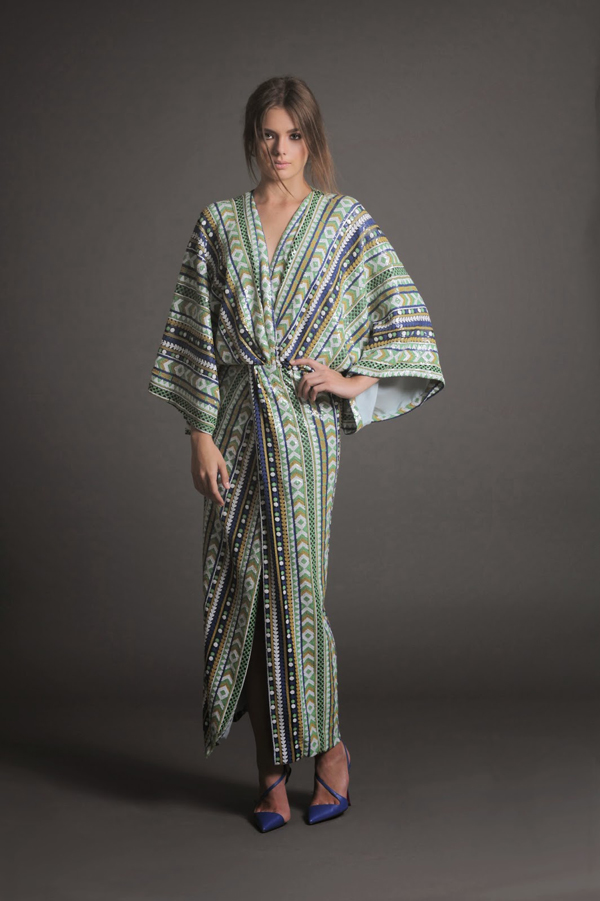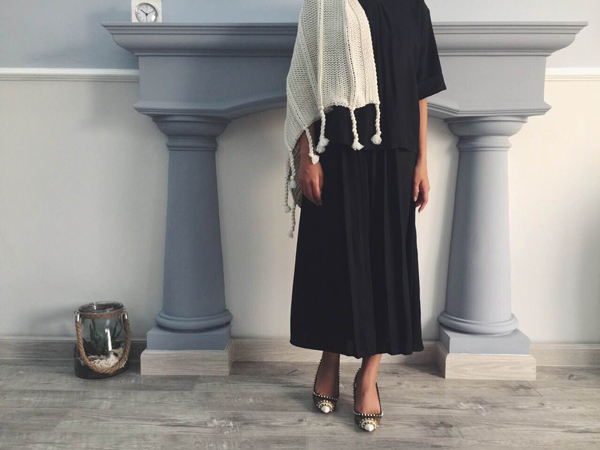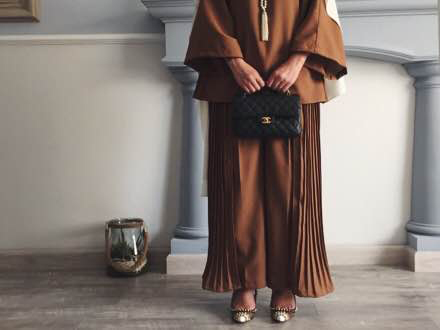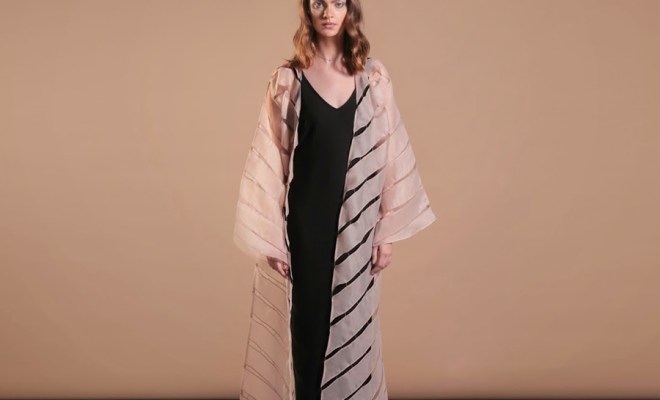The hijab, the Muslim head covering, has come under plenty of scrutiny in the last decade because of political tensions and media stereotypes. The ‘burqa’ has become an umbrella term given to sweeping all forms of religious dress into one category: oppressive.
However, what many fail to see is that there’s a thriving, thriving, $96 billion dollar Islamic fashion industry. The burqa is a special cultural dress only for Afghanistan that’s required by the extremist ruling groups of the country.
Abayas, on the other hand, are a thing of fashionistas all over the world. They are traditional robe-like garments that are worn over regular clothing by women outside the home for modesty purposes. Although abayas are worn by largely women in Gulf countries such as Bahrain, Qatar, and Saudi Arabia, it’s the Emirati trend from the United Arab Emirates (UAE) that has truly captured the attention of a global audience.
In the past five years, the coveted “Arabic” smokey eye and the ever-popular “floral pin” to attain the high-volume hijab look are all trends related to Emirati women. The abaya is now not only the standard amongst hijab wearers in the West, but is also growing in popularity amongst non-Muslim fashionistas.

We chatted with Nafs Designs, an abaya boutique that recently exhibited its collection in London. Noora Abdulla, owner and designer, said the abaya industry has now become like any other fashion industry. “London was our first try abroad, but we received many invitations to participate in exhibitions around the world, for example: the US, France and even Indonesia,” said Abdulla.
According to Abdulla, the cultural exchange between the UAE and the West is a result of the UAE being the most globalized Gulf state.
“UAE is made up of many different countries. The first major fashion label opened here in the UAE, therefore we are more open and accepting of the fashion industry than the rest of our neighbours.”
he said.
While traditionally black in a straightforward style, abayas today range from cream and navy, to mauve and maroon, depending on the season. They’re fashionable, versatile, and stylish with their runway-inspired cuts and styles.
With endless possibilities to creatively design traditional clothing, the abaya for millennials is a form of creative self-expression while maintaining traditional values. Abdulla said that two years ago, only older women would wear abayas while on vacation overseas.
“But now that abayas targeting young women are available, they choose to wear them too. Seeing them strolling the streets of London in those trendy abayas, they don’t look out of place. Instead, they really hit it off.”
Moreover, abayas are very versatile and their designs are inspired by the people who wear them. Hundreds of tailor shops and markets dedicated to customizing these garments based on your budget are available across the country.

Given that, and given the multicultural society, the cultural exchange between the UAE and other countries is sort of organic. Perhaps that is among the reasons why Emirati fashion is quickly reaching different parts of the world. So, despite being influenced by globalization trends, the UAE itself has a significant influence on the world of fashion.
When asked if globalization would make the abaya redundant, Abdulla said he does not see that taking place. “It will evolve, change and be influenced by globalization but will never go away. After all, its main purpose is to cover. During my recent visit to Europe, I saw more and more women wearing abayas, especially colored ones. They feel comfortable in it.”
But why are the Emirati abayas popular? After all, abayas in diverse styles are worn by Muslim women all over the world, including Egypt, Morocco, Pakistan, Afghanistan and the Arab Gulf countries. Maybe it is a combination of present-day designer clothes mixed with cultural elements.
Abdulla said it was because “Emirati girls are more daring to try new things in the sense that we are mostly influenced by western fashion.” She adds that ladies of this generation are edgier, and they prefer expressing a sense of style rather than covering it up.
In short, abayas are versatile and stylish. They are absolutely not oppressive, and they’re absolutely not limited to any particular religion. Constantly evolving with the latest runway trends, abayas have a lot to do with the global fashion industry because of their influence. And as Abdulla says, “Like the classic Chanel bag whose design will never change, the black abaya will always remain classy and stylish forever.”

You can follow Nafs Design on Instagram @NAFSdesign
Twitter @NAFSdesign
Website: www.nafsdesigns.blogspot.com
Image source: Naf Design











